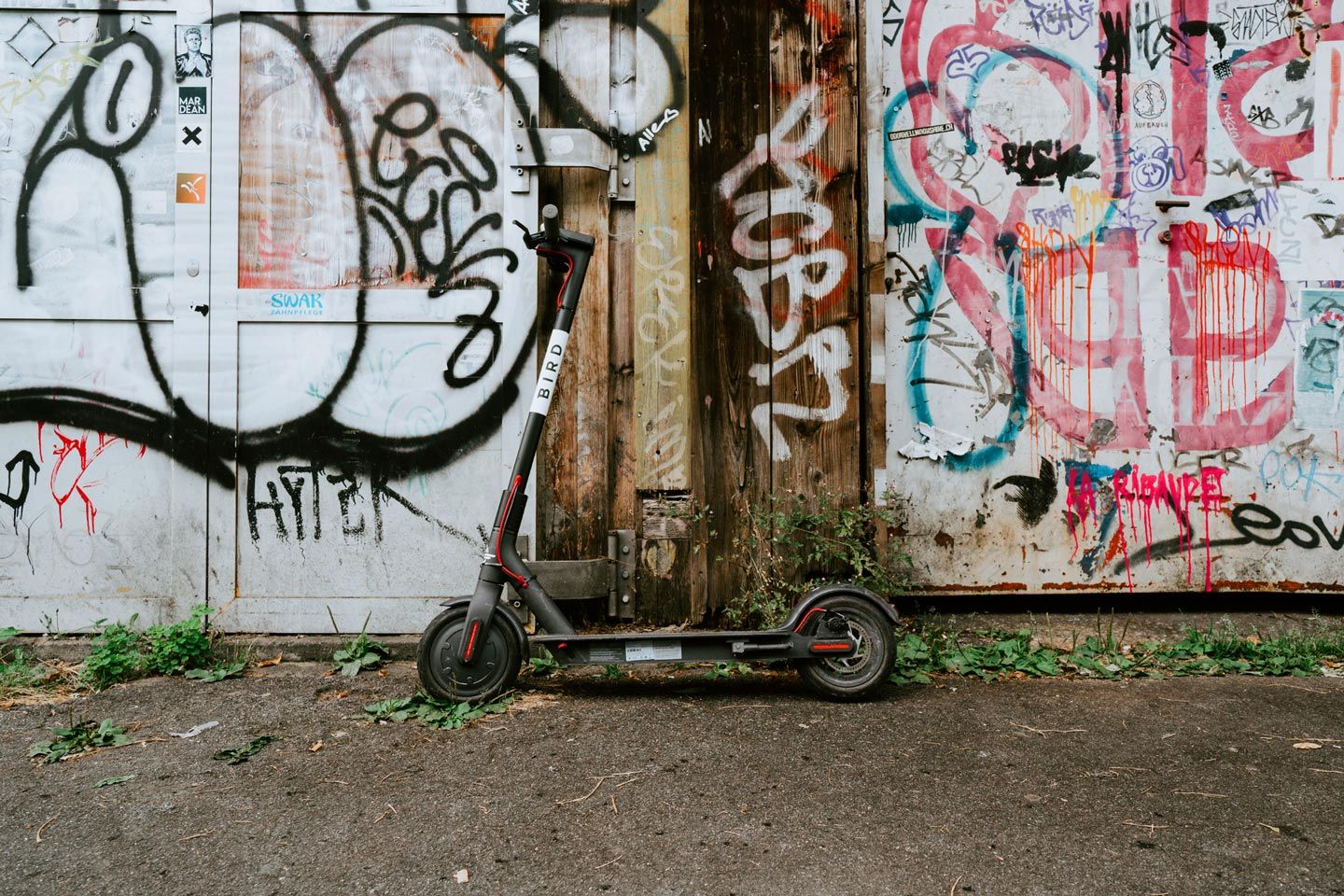Making Cities Livable

By ditching car ownership and adopting a new mobility manifesto, cities have a once-in-a-generation opportunity to become radically more liveable, says Martin Mignot, Partner at Index Ventures.
Cities are growing faster than ever. Young people the world over are flocking to them in search of jobs and the buzz of experiences only urban life can offer. Little wonder then that by 2030, six out of every 10 people will be city dwellers.
This urban population surge has of course led to challenges, not least around transportation. For places designed for the fast movement of goods and people, large vehicles have slowed to a crawl in city centres. In London, the average speed of traffic is now 5mph - the same speed as the horses and carts of a century ago. Commuters in downtown Istanbul are estimated to spend 125 hours a year stuck bumper-to-bumper in traffic.
Noise and air pollution are both daily inconveniences and long-term health hazards: globally, 4 million deaths have been attributed to ambient air pollution each year. However, as younger generations demand change, the tide is beginning to turn. Cheaper, more efficient sensors and batteries, ramped up computing power and smartphone ubiquity are combining to create a tipping-point for both new types of vehicle (e-bikes, e-scooters, autonomous vehicles) and new ways to access them (on-demand, dockless, shared).
Across the world, cities themselves are becoming urban mobility labs. In Barcelona, the ‘superblocks’ programme has rewired the city to slash pollution and use public space more efficiently. Copenhagen, which aims to be the first CO2-neutral capital by 2025, is pushing for 50% of the city’s population to cycle to work by that date, while a handful of German cities are set to trial free public transport to coax habitual car users from their vehicles. Los Angeles has become the birthplace of the internet-enabled electric scooter (led by Bird), and Songdo, South Korea, a smart city still under construction, is designed to be both car-free and sustainable.
Initiatives like these have the potential not just to transform urban mobility, but improve our daily lives – not least our health. But large-scale positive change will happen only if mayors and regulators worldwide accept the need to replace static frameworks with a dynamic set of rules: a new mobility manifesto.
Transport in dense city centres should be:
- Clean: Pedestrians, mechanical and electric vehicles-first.
- Shared: Shared: public space is rare and precious, and individual cars are a massive waste of it (they sit idle 98% of the time and, even when they run, they ratio of passengers moved to space occupied is abysmal). Well-managed fleet of shared vehicles are the future.
- Proportional: The shorter the journey, the smaller the vehicle – road access must be designed accordingly.
- Independent: A truly independent regulator. No transport operator should regulate its own competition.
- Entrepreneurial: Rules must be fair and transparent to let disruptive companies compete to provide the best services at the lowest costs.
- Experimental: New modes of transport should be encouraged, provided they conform to the manifesto’s other points.
- Data-driven: Rules should be reviewed and iterated based on usage data.
- Complementary to mass transit: New transit options should complement, not replace mass transit (e.g. for trips to and from the underground).
These principles are radical in an area still dominated by rigid framework and vested interests. But as urbanisation continues, they would give any city them a position at the forefront of the new mobility – an era which is only just getting underway.
This article was originally published in the June/July issue of Courier.
Published — July 2, 2018
-

-
